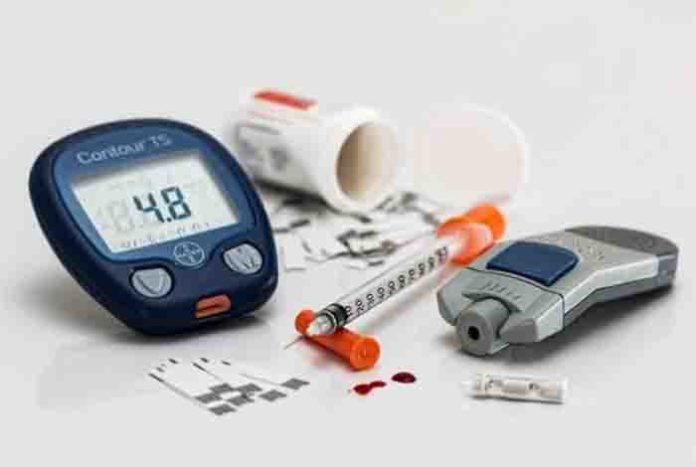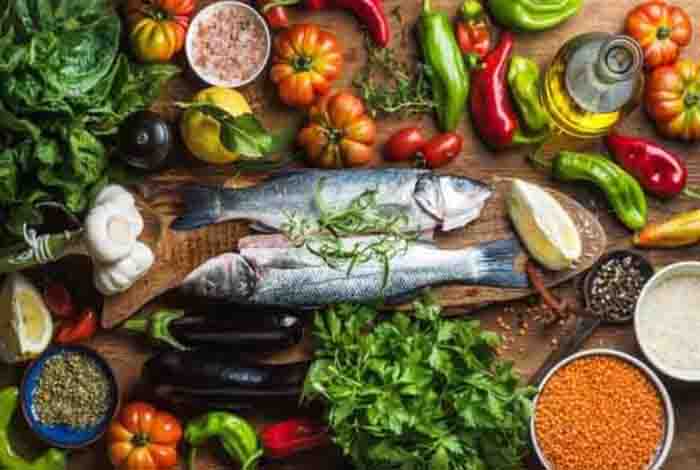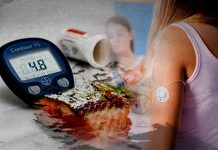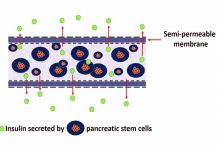
Diabetes is a serious health condition and a global epidemic. This is due to increasing sedentary lifestyle and an alarming increase in obesity cases. Millions of people suffer from diabetes globally. Prediabetes is a health condition wherein the blood sugar levels are relatively higher than the normal, but they are still far from being diagnosed as type-2 diabetes.
According to the Centers for Disease Control and Prevention (CDC)[1], around 86 million Americans are prediabetic and almost 90% of them are unaware that they have it. American Diabetes Association reports that 1.5 million [2] new cases of diabetes are diagnosed each year. It is the seventh leading cause of mortality in the U.S.
The silver lining here is that few simple tips and strategies can help you in controlling your blood sugar and significantly reverse diabetes. If you are at high risk for diabetes or prediabetes, all these dietary tips can help you shed those excess pounds without feeling deprived or missing out on flavors.
Let’s get started with the basic information.
What is Diabetes?
Generally, diabetes is categorized into two main forms: Type 1 and Type 2.
Type-1 diabetes is an autoimmune disease and is diagnosed during childhood. Various genetic and environmental factors can cause significant destruction of beta cells in the pancreas, which are primarily associated with insulin production. Insulin is a hormone that delivers sugar to your body cells for metabolism and storage.
Whereas, type-2 diabetes is mostly diagnosed in adults and is caused by several factors including high cholesterol, obesity and physical inactivity. The beta cells in a type-2 diabetes patient are still producing insulin and are functional. The problem arises because the peripheral tissues experience reduced sensitivity to insulin and the liver produces more sugar, thereby leading to high blood sugar. If left untreated, type-2 diabetes can completely halt insulin production in patients.
You might experience symptoms such as lethargy, nausea, excessive thirst and/or urination, which might indicate diabetes but for a clinical diagnosis, a repeat test of your blood sugar levels is required.
Can a Diabetic Diet Help?

A big yes! It can certainly. An amazing thing about type-2 diabetes is that it can be easily controlled and reversed by implementing certain lifestyle and diet modifications. Diabetes management entails keeping your blood sugar levels normal and more importantly, stable. Everything we eat is eventually converted into glucose and spikes blood sugar. It is important to note that certain foods can raise blood sugar levels faster than others.
A major misconception related to diabetic diet revolves around carbohydrates or carbs. An efficient diabetic diet is not necessarily carbs restricted but yes, it has a limited allowance of carbs to be consumed and the type of carbs you can consume. While you are taking certain medications to control blood sugar levels, you need to consume carbs to keep off the potentially harmful side effects of these medications like a low blood sugar.
Typically, by initiating a diabetic diet, you are consuming beneficial or healthier carbs rather than restricting them or eliminating them. You need to replace refined carbs like desserts, grains, and sugary beverages with whole and complex carbs. Controlling the amount of carbs you consume in a single sitting also helps in managing blood sugar levels.
What Are the Dietary Tips You Have to Follow?
An excellent method for diabetes management is planning meals using ‘carb counting’ or ‘carb exchanges”. Fifteen grams of carbohydrates are referred to as one carb exchange and you have limited exchanges every meal of the day. For example, if you are planning to consume 45 grams of carbs at lunch, it will amount to three carb exchanges. Carb counting was specifically designed for people who take insulin for managing their blood sugar levels. Carb counting is directly correlated with units of short-acting insulin.
Carb-controlled diets are healthier and can also be followed by someone who is aiming at consuming more nutrient-rich foods. Additionally, it also encourages you to keep your portions controlled and smaller.
Here are few tips to help you prevent, manage and reverse diabetes:
1. Eat at Small Intervals: It might be quite intimidating for people who are recently diagnosed with diabetes, but one of the best things you can do is to stop skipping your meals. Going for long intervals without food might ultimately lead you to gorge more on food and mess with your blood sugar levels. If you are prediabetic or suffering from diabetes, eating every three to four hours is the safest option. Meal skipping can lead to multiple spikes and dips in your blood sugar.
2. Consume More Vegetables: Instead of thinking about foods you cannot eat, you must focus on what you can eat. Vegetables have carbs and the much-required fiber that can both satiate your hunger and keep you full for long. You can have these vegetables: carrots, leafy greens, tomatoes, zucchini, cucumber, celery, garlic, mushrooms, beets, onions, beans, snap peas, lentils, peas, and chickpeas. These vegetables might leave you satisfied. While you must keep a check on fruits, starchy vegetables (pumpkin, potatoes, corn, squash, and parsnip) and low-fat dairy, try to restrict them to moderate amounts.
3. Go for Healthier Snacks: Ideally, for diabetics and prediabetics, snacks must be a perfect combination of lean protein and fiber. An apple with a bit of low-fat cheese, one-fourth cup of hummus with carrots, peanut butter smeared onto a 100% whole-grain bread are few snacks you can munch on. Protein and fiber can slow down the process of carb digestion and absorption, thereby preventing any sudden rise in blood sugar levels. If you are type-2 diabetic or a prediabetic, it is less likely that you experience sudden rise and fall of blood sugar but keeping a healthy snack handy is a great idea. This can help you in unexpected highs or lows of blood sugar.
4. Include Lean Protein in Your Every Meal: There are two classifications of proteins: plant-based proteins (nuts, tofu, pulses, and seeds) and animal-based proteins (chicken, fish, turkey, and lean cuts of beef). Type-2 diabetes is linked with several cardiovascular diseases and hence cutting down fried foods, red meat and dairy-based foods can reduce your risk of having heart diseases and also can help in weight loss. This will also ensure that you have a limited sodium intake because it is linked with development of various health conditions.
5. Give up on Sugary Beverages: Sugary beverages might be tempting and taste even better, but they are the sneakiest source of carbohydrates. Freshly squeezed juices, sodas, sweetened teas and coffee, and various drink mixers are super-packed with sugar and calories. They are very easily absorbed and digested and can elevate your blood sugar within fifteen minutes of their consumption. If you are a prediabetic or a diabetic, you must cut these as much as possible. You see sugar is not your best friend now and cutting back on it can help you lose weight, control blood sugar, and reduce the risk of cardiovascular diseases.
The key to a successful blood sugar management is consuming whole foods over processed ones, having smaller and frequent portions, limiting sugar intake and cutting down fat and sodium.










